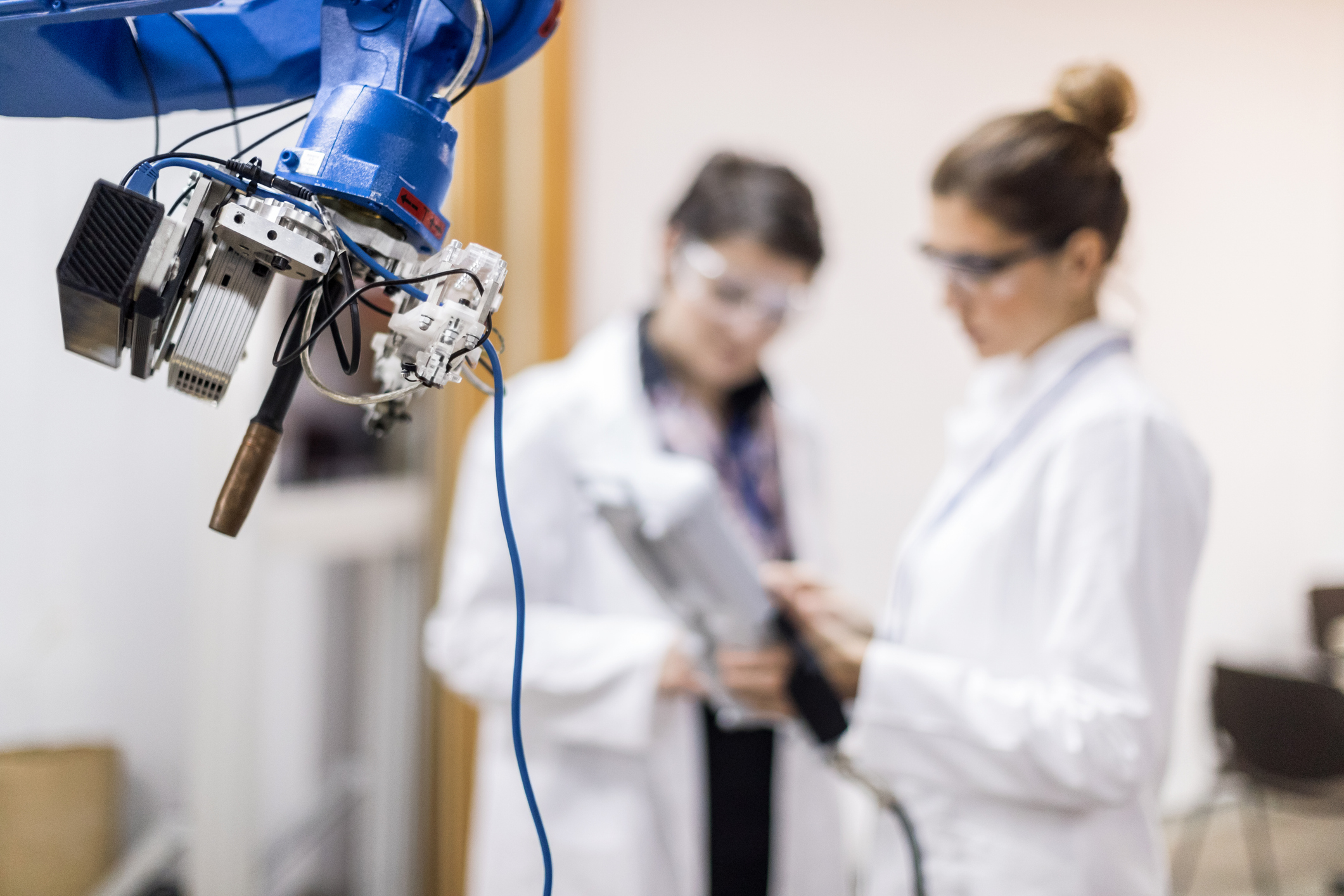 Louis Fernandez is a PhD researcher based at the University of Technology Sydney and his project is part of the Multi-modal Human Robot Collaboration, which is part of the Human Robot Interaction program at the Australian Cobotics Centre. We interviewed Louis recently to find out more about why she does what he does.
Louis Fernandez is a PhD researcher based at the University of Technology Sydney and his project is part of the Multi-modal Human Robot Collaboration, which is part of the Human Robot Interaction program at the Australian Cobotics Centre. We interviewed Louis recently to find out more about why she does what he does.
-
Tell us a bit about yourself and your research with the Centre? Include the long-term impact of what you are doing.
After completing the first year of my engineering course, I knew that I wanted to work on developing cutting edge technology. I have always had an interest in robotics but found that robotics was not a very popular industry in Australia. My experience during my undergraduate degree working for different robotic companies in Australia was that most of the designs and technology were ‘standardised’ in a sense that many designs were extremely similar across different projects and the tasks involved in robotic related jobs were repetitive and monotonous. This led me towards the path of doing a PhD. My research with the Centre aims to develop frameworks that enables more effective, efficient and safer collaboration between human and robots by looking into ways that can help robots’ human actions or motions through lightweight data.
Why did you decide to be a part of the Australian Cobotics Centre?
Being a part of the Australian Cobotics Centre allows me to work on developing cutting edge technology that can be used to solve problems in the industry that have no clear solution. Furthermore, being part of the ACC allows me to add on the foundational knowledge that would enable humans and robots working together.
-
What project are you most proud of throughout your career and why?
Throughout my research career, the project I am most proud of is my undergraduate capstone project. Compared to the current projects I am working on in my PhD, my undergraduate capstone project was relatively simple. However, it was this project which reinforced my passion for robotics and research. It also enabled me to publish a paper to a local robotics conference (ACRA) which was a memorable experience on its own.
-
What do you hope the long-term impact of your work will be?
I hope to enable robots and humans working side by side. Hopefully, this reduces the fear that ‘robots will take over our jobs’ and move towards the path where robots are seen as tools or ‘co-workers’ used to assist humans in completing a certain task.
-
Aside from your research, what topic could you give an hour-long presentation on with little to no preparation?
I’m currently going through a phase where I’m really into camping so I could probably give hour-long presentation on camping.
Read more about Louis’s project titled ‘Multimodal Human Robot Collaboration’ HERE.


